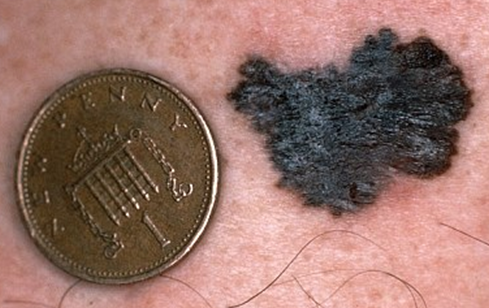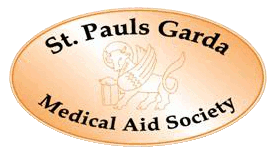By Dr David Buckley
Most people love a sunny day. It can improve our mood and helps with vitamin D production. However, with all the sunshine we have been having recently, it should make us more aware of the dangers of the sun. While sunburn may be painful, it can also put us at risk of skin cancer later in life. More prolonged but less intense ultraviolet light (UVL) exposure from the sun or sunbeds on the skin may lead to a tan. However, if the skin is constantly being exposed to the sun or UVL it can lead to premature aging of the skin (causing wrinkles) and to skin cancer.
Skin cancer is becoming more common every year as a result of many factors including:
- People living longer
- People spending more time outdoors with sports or hobbies
- Sunbathing
- More foreign travel to hot countries
- Sun beds
- More people with depressed immune systems as a result of chemotherapy or anti-rejection drugs in those who have had an organ transplant
- Depletion of the ozone layer in the atmosphere
Like most cancers, early detection of skin cancer can save lives. These are the warning signs that a lesion (a growth, a sore, a freckle or a mole) may be turning cancerous in adults. They are more obvious in the summer because our skin is more visible as we are less covered up in the summer: -
- New - A new growth, sore, freckle or mole in the last 12 months.
- Changing - A growth, sore, freckle or mole that is changing in size, shape or colour over the past 12 months.
- Different - A growth, sore, freckle or mole that looks, feels or behaves differently from any other growth, sore, freckle or mole on the body (the ‘’ugly duckling’’ sign).
- Sore - A growth, sore, freckle or mole that is sore, tender to touch, bleeding or itchy and will not heal after 6-12 weeks.
An easy way to remember these warning signs is by using the mnemonic; ‘’New Cancers Do Show’’
If a growth, sore, freckle or mole shows one or more of these four warning signs it should be checked by your general practitioner. The more warning signs, the greater the risk of skin cancer. Next week we will discuss how to prevent skin cancer and wrinkles.














